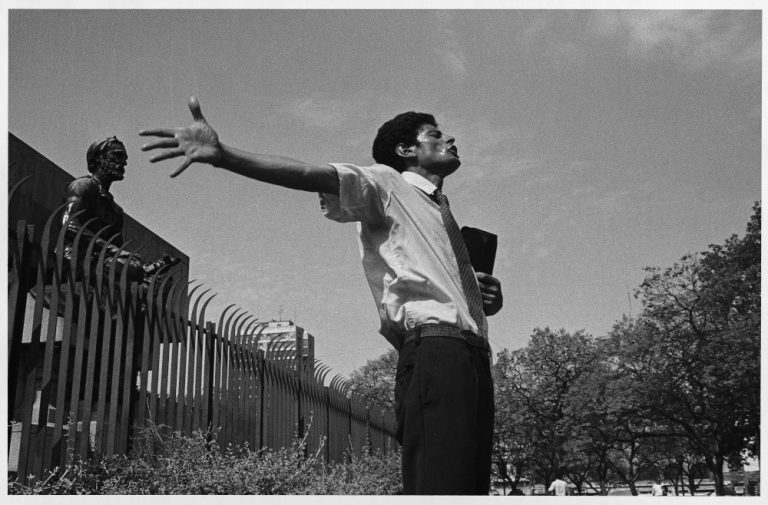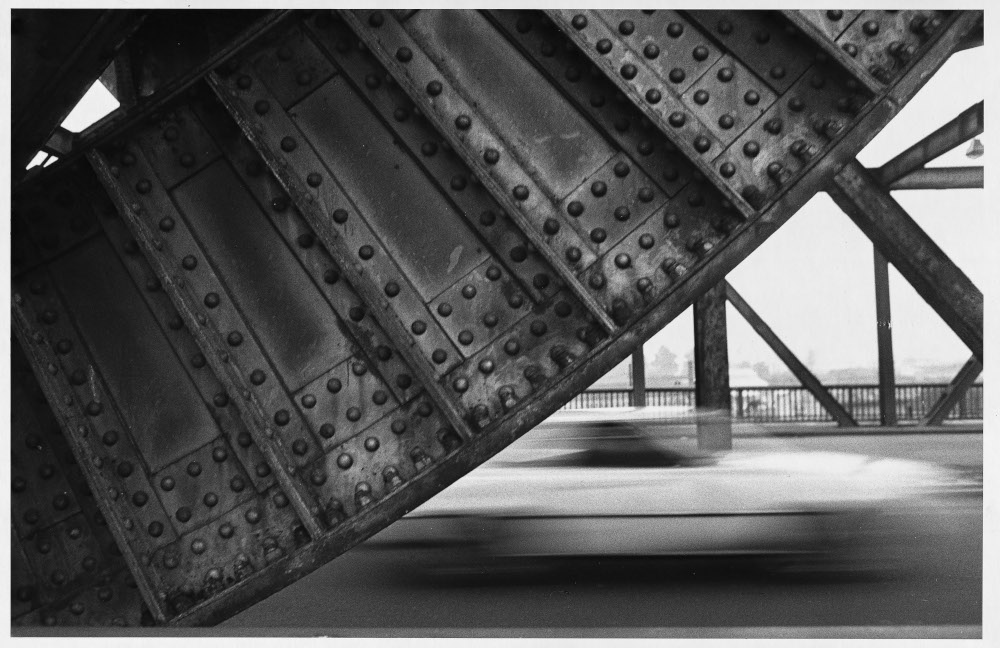
A long line of critics, many of whom are artists, dismiss observational photography because it ‘merely’ points at things. They deem this approach aesthetically irrelevant and politically naïve, conflating noticing with photographing. For these critics (people like Beshty, Brecht, Burgin, Rosler, and even Sontag at some points), the resulting images do not make the depicted subject less obvious or banal. They don’t care that we don’t all share the same interests, psychology, and visual literacy. Even if we did, the personal sensibility to find interest in the world is not as evenly distributed as the gift of sight.
The critics’ fallacy, unfortunately, goes one step further, with many of them believing the current profusion of images makes observational photographs particularly redundant. While social networks like Instagram would seem to corroborate their claim, accepting it would mean delimiting the possibilities of the actual to communicate something meaningful using a documentary approach. If we let the clouds of cynicism disperse our assessment of observational photographs, we may see that even vast virtual collections can’t cover the complexity and mutability of the world in either style or substance.
Artists making observational photographs attempt to bestow significance to subjects that might not seem to merit it. Putting this simple working method into practice requires a considerable amount of modesty. This is especially the case when the prominence of the referent does not determine an image’s value, which is the opposite of our current condition in which identity politics are valued above all else.
As such, observational photography stands at odds with artistic strategies and theories that systematically undermine the power of visual form as a legitimate means to establish a discourse. Granted, any documentary approach is now exponentially more challenging, given the extensive catalog of past achievements. Still, it would be a shame if an increase in difficulty deterred people from expressing themselves in this way. Working against the odds should make for a stimulating challenge: just because a picture of a stray dog made half a century ago has gained cult status shouldn’t mean that stray dogs are exhausted as a subject. If anything, it seems healthier to think of possibilities rather than restrictions when making art.
With a few exceptions, observational photographers seldom deliberate on the medium’s ontology or attempt its conceptual dismantling, aiming instead for a visual reconsideration of the world. In this sense, the radical value of these kinds of photographs often consists in undermining the commercial and relational instrumentality that is now expected of images, even those intended primarily as art.
Because of their varied subject matter, observational photographs work better sequentially than typologically, akin to linked aphorisms that build associative narratives. Photobooks are a practical way to house them, setting the perfect conditions for the viewer to consider carefully the images at their own pace.
Such is the case with the street photographs gathered in the book Metropolis (Larivière/RM, 2021). Their author, the Argentinian photographer Adriana Lestido, luckily didn’t subscribe to the view of an excess of pictures – which precedes social networks – or else we would have missed this spirited rendition of Buenos Aires. Shot between 1988 and 1999, frequently while on assignment for the weekly supplement of Página/12, the images capture the period before President Menem’s neoliberal policies swiftly turned the South American capital into a mirage of bonanza.
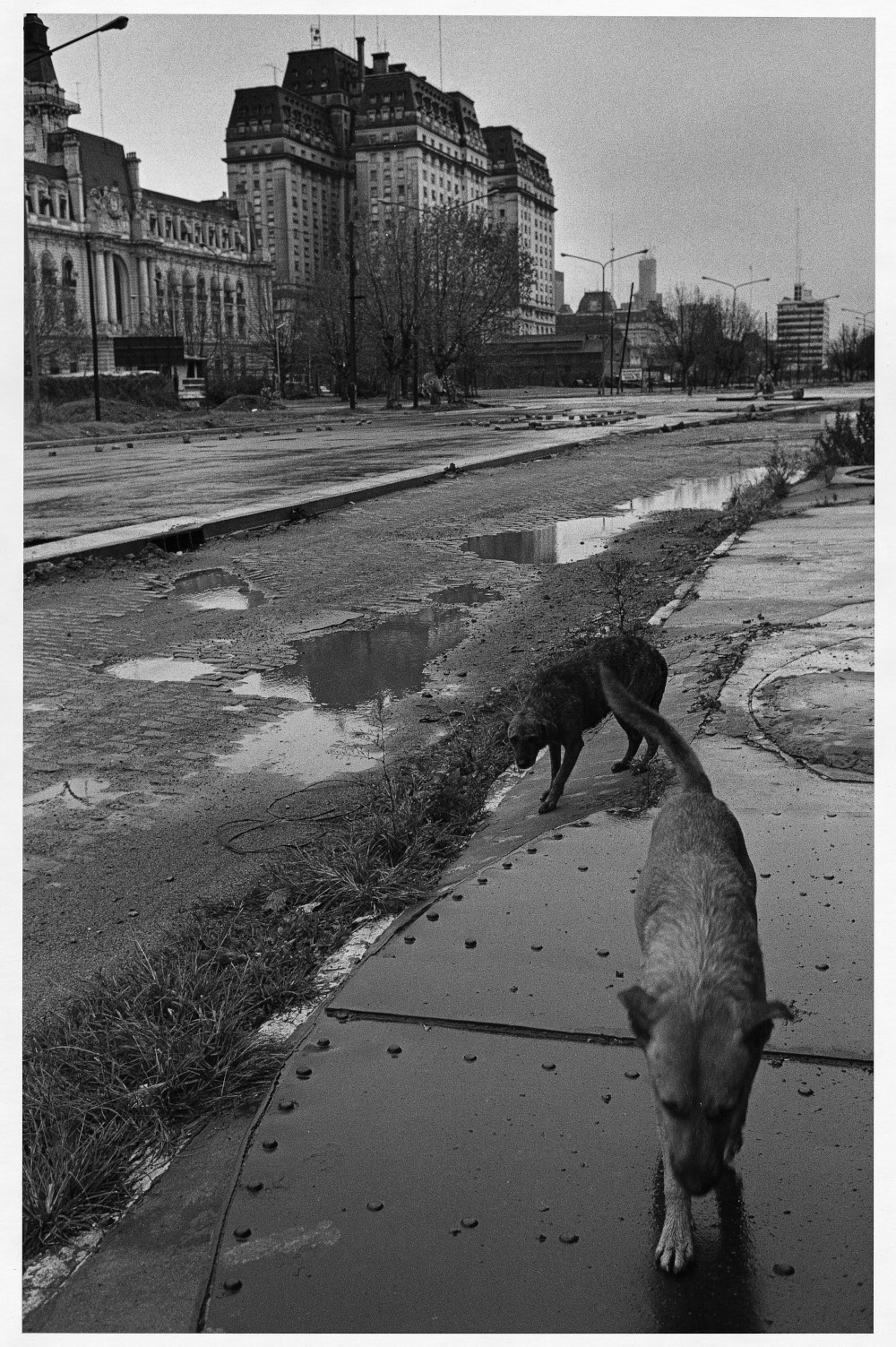
In a brief introduction, the writer Juan Forn struggles to describe the quality of life in the city before its many drastic changes, except that you could “feel it with your pores,” a feeling which the photographs vividly evoke for those of us who weren’t there. Overall, the era towards the end of the millennium – with its jumbled-up spirit of freedom, ennui, and anxiety for the future – is shrewdly epitomized by the picture on the cover of two stray dogs on a broad avenue roaming through a cataclysmic emptiness, suggesting the calm before the economic storm.
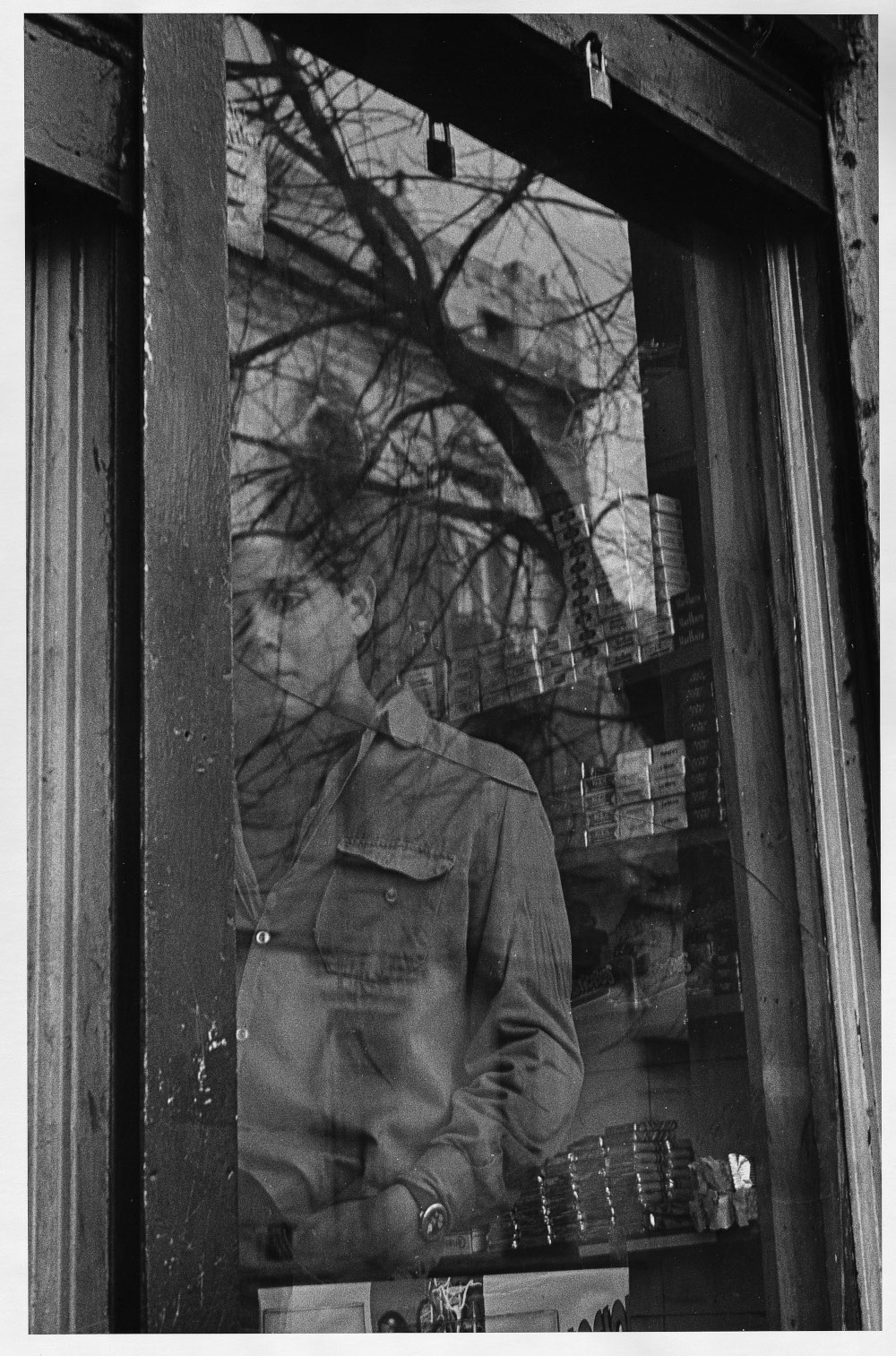
In another intriguing photograph, a young man deeply lost in thought stands near a window snubbing the outside view, and by extension, the camera’s line of sight. His face is dissected by the reflected branches of a tree, giving his quiet existential impasse the visual gravitas of Amenábar’s disfigured antihero in Abre los Ojos. The picture is full of curious details caught in a mishmash of textures and lines: his wrinkled sleeves, the variety of cigarette cartons, an oddly positioned lock above the window frame. This is one of those photographs where a reading of the depicted ‘facts’ is not enough to understand their significance, leaving us wanting more contextual information. However, what would we gain by knowing more? The image is mysterious and engaging in the way it is presented to us, but we would have likely ignored the scene had we stood in front of it. Lestido’s intervention gives it a form and a duration, inviting us to look longer at the image and speculate answers to the questions it poses silently.
Current photographic practices emphasize control, conceptualization, and materiality, but what matters most in observational photography is the desire to understand the world better, channeling curiosity, intuition, and feeling with artistic intent. This is a situation Lestido knows well, describing her process as putting herself “at the service of what life gives you,” leaving preconceptions aside to “honor the uncertainty of the present, understanding that our expectations are not always right and can limit our perception of the unknown.”
Metropolis reminds us of the benefits of contingency when making images, something like putting a dime in the piggy bank or – borrowing from the great writer Héctor Abad Faciolince – betting “against the oblivion we’ll become.” Lestido’s reactivation of her archive pays high dividends here, telling us as much about her sensibility as of Buenos Aires at a socioeconomic crossroads. Like the best in their genre, the energy generated by these fifty-four pictures should put to rest any disqualifications of nostalgia. “Photographs,” affirms Lestido, “are alive when they continue to mean something through time, when they resonate internally in those who look.” One way to make that happen is to offer the viewer complex pictures that, through their visual rhetoric and careful sequencing, show how precious and contradictory life can be.
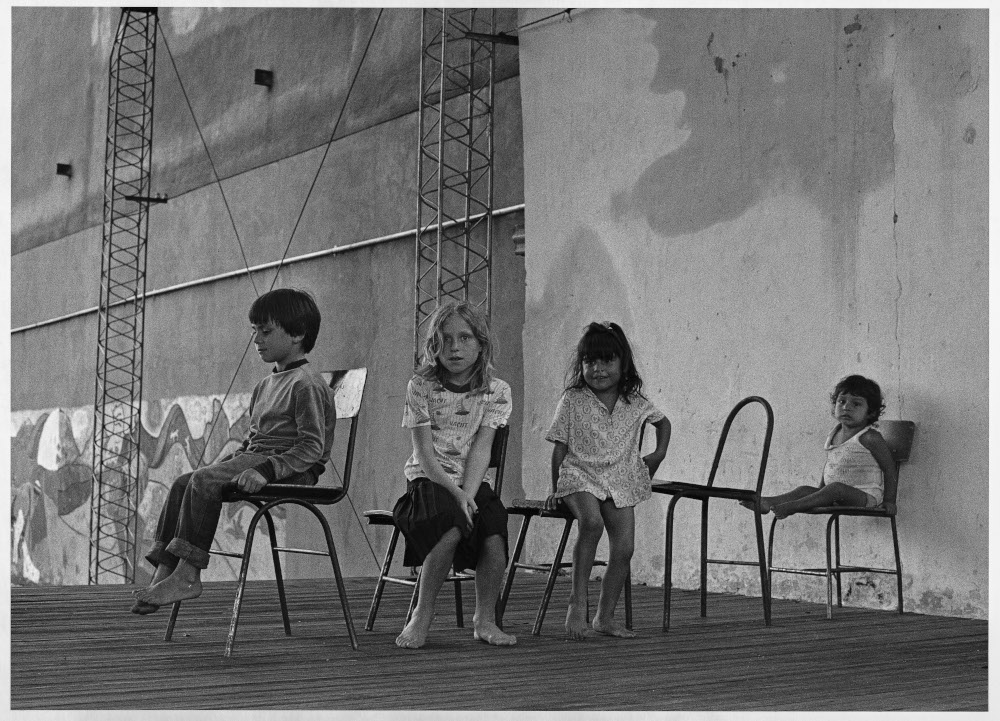
Photos courtesy of Adriana Lestido. All photos copyright of Adriana Lestido.
This is part of a series of reviews on Latin American photographers by Arturo Soto. Check out his other articles on Dispatches: The VII Insider Blog:
Pablo Hare: Sites of Exploitation in Peru
Feeling Out the Past: Graciela Iturbide’s “Heliotropo 37”
